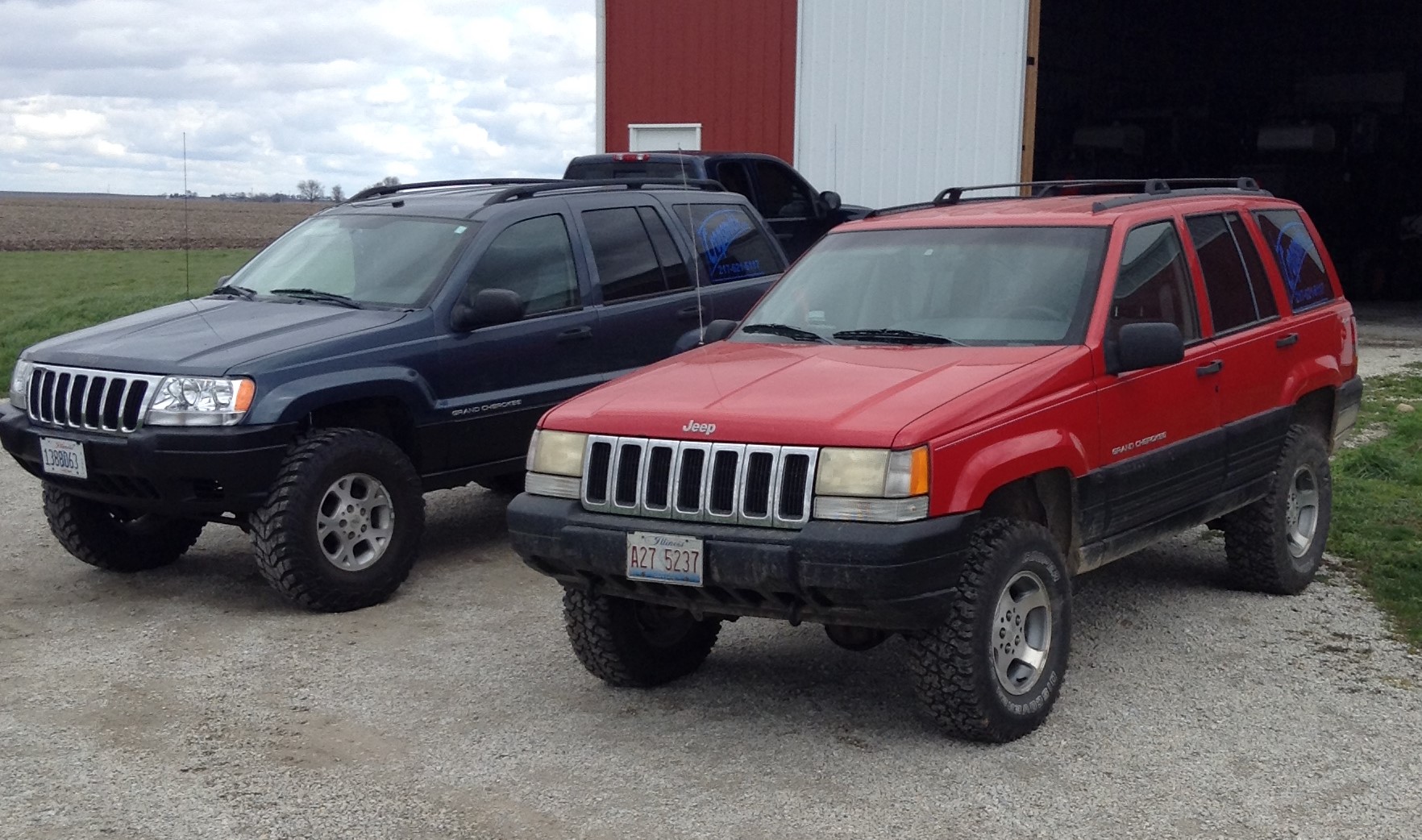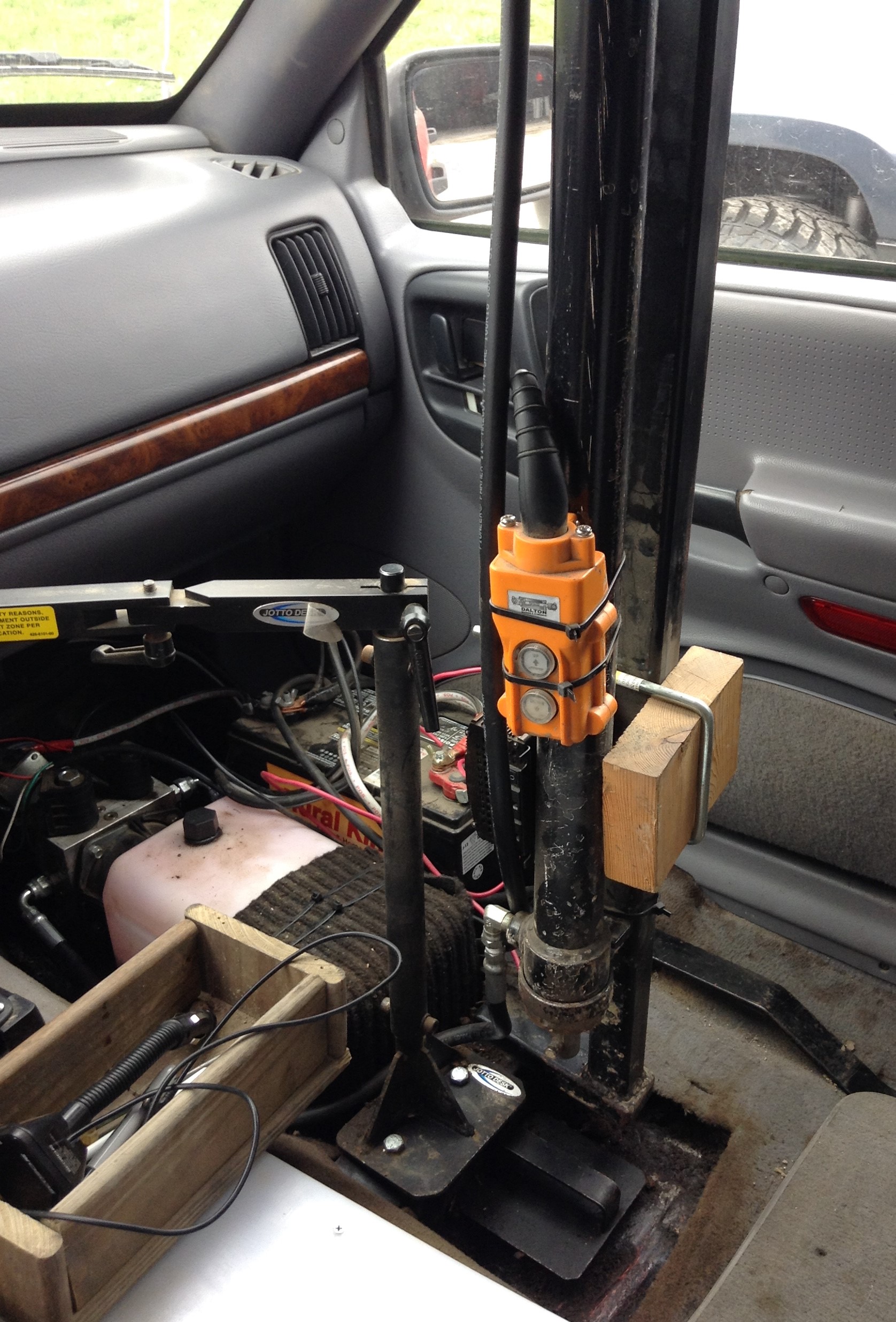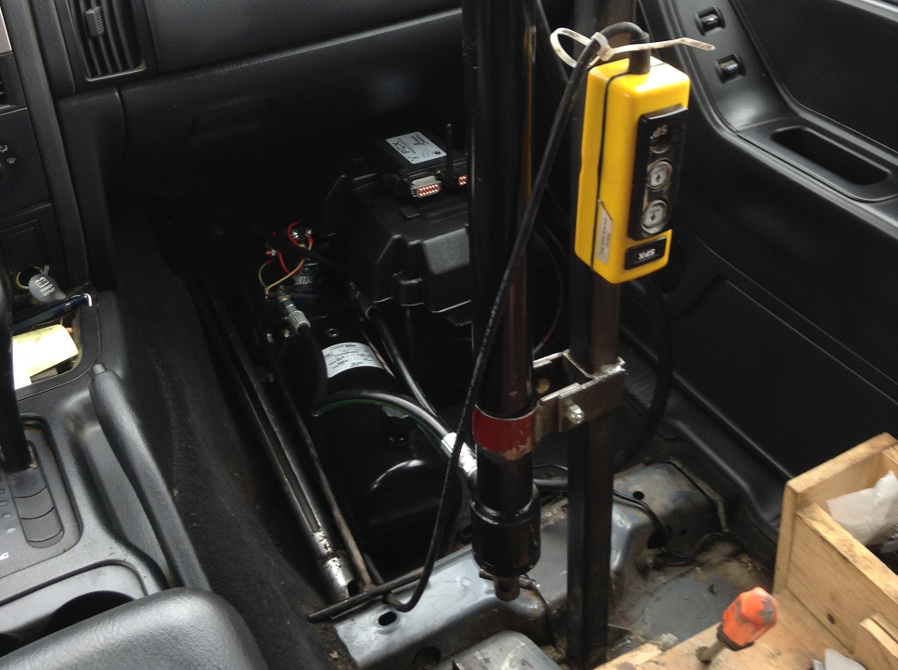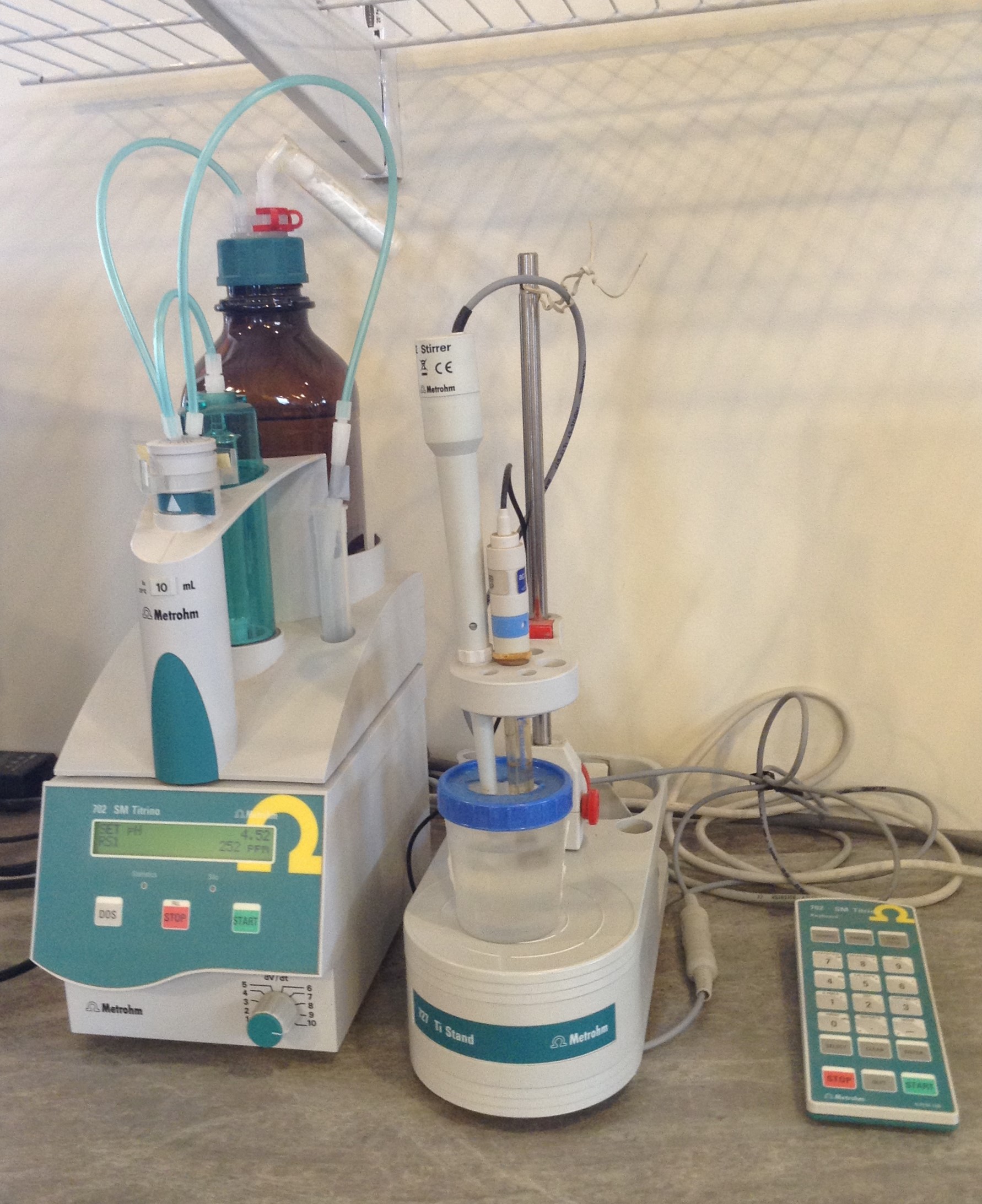-
Identify fields for sampling.
Soil samples will be taken on approximately 2.5 acre grids, or by management zones, from 0-12 inches and 12-24 inches for organic nitrogen analysis.
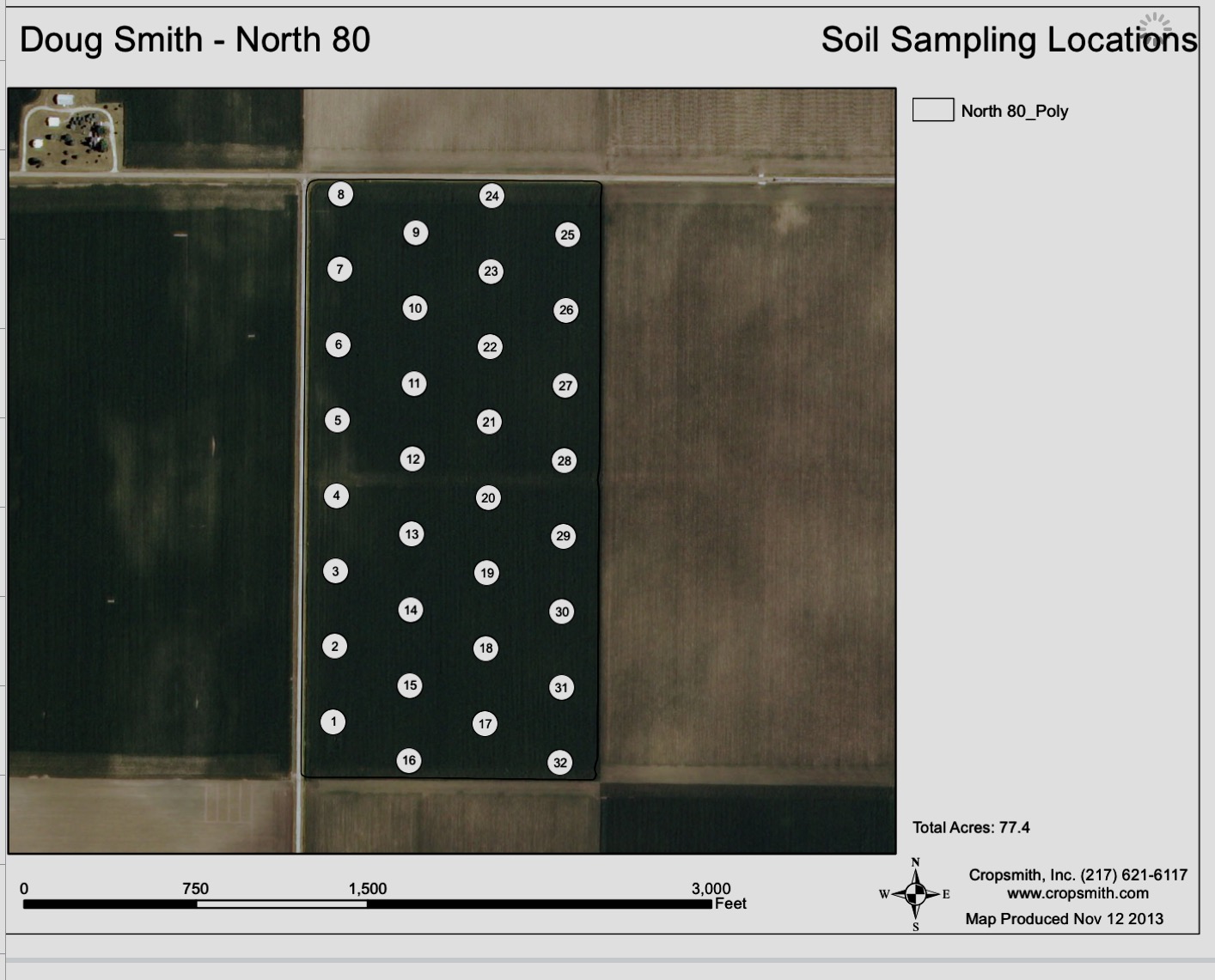
-
Submit boundary file or plat map, field history and cropping plan.
Improving nitrogen management relies on identifying the factors that are important for crop response and developing individual field recommendations.
-
Review nitrogen soil map and application map.
Initial rates will be conservative although in many cases may allow for substantial nitrogen savings.
-
Apply nitrogen with variable rate applicator.
Evaluation rates can be included in map so future rates can be adjusted for localized field responses.
-
Map yields and analyze evaluation rates.
ISNT map can be used for several corn crops. Use evaluation rates to adjust to optimum economic nitrogen rate. With previous map as a guide, resample to improve accuracy of organic nitrogen test and to track any changes in test values.
Custom Soil Sampling
Cropsmith can do almost everything when it comes to sampling. With GIS expertise from industry partners, we can grid sample a field in various sized grids, or work with a grower to develop management zones to be sampled individually.
Cropsmith also has specialized equipment which has the ability to sample cores down to 3 ft depths also in different core diameters.
Cropsmith utilizes specialized equipment while soil sampling. Our custom jeeps have been retro fitted with hydraulic soil probes inside of the cab.
